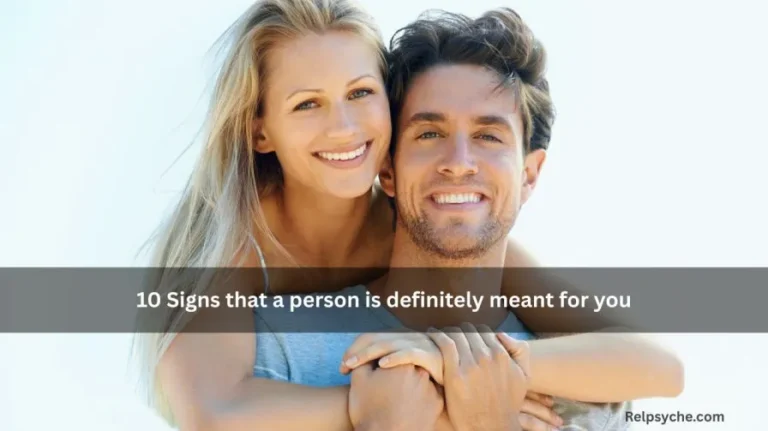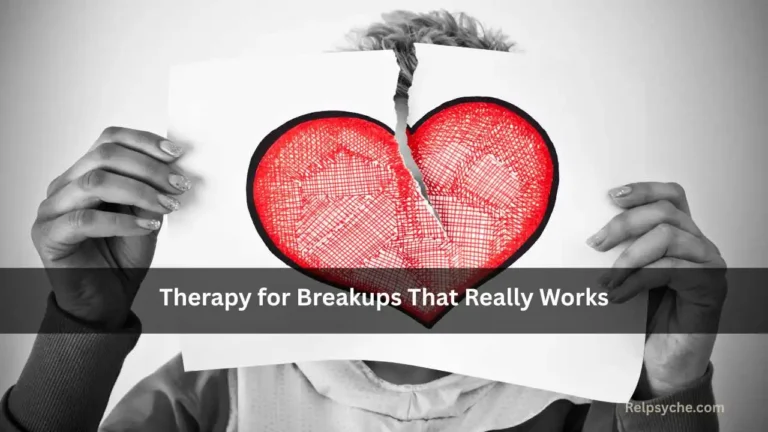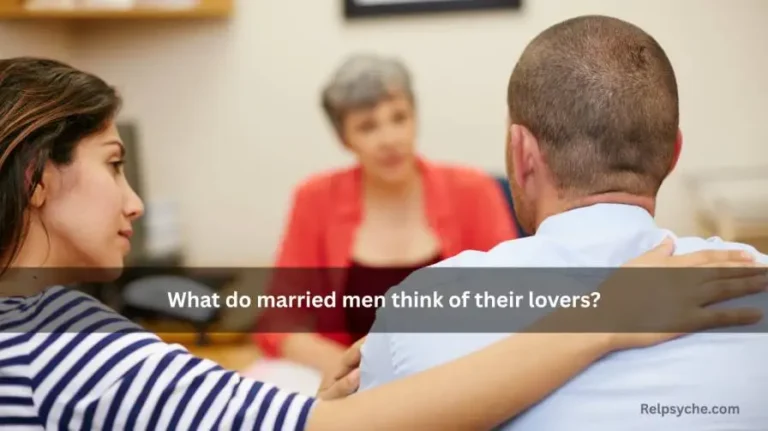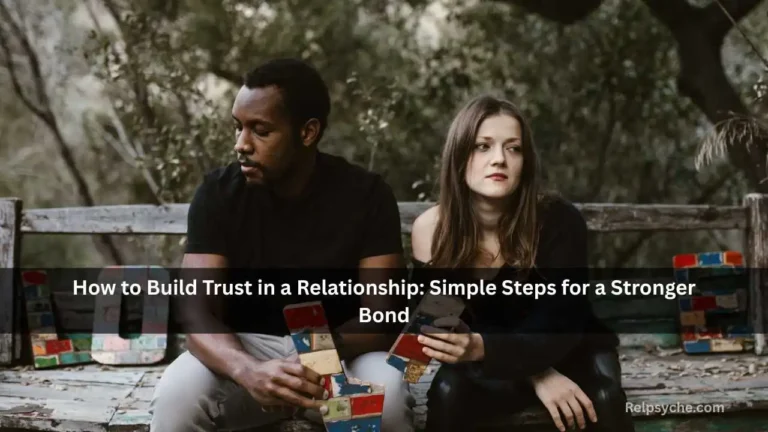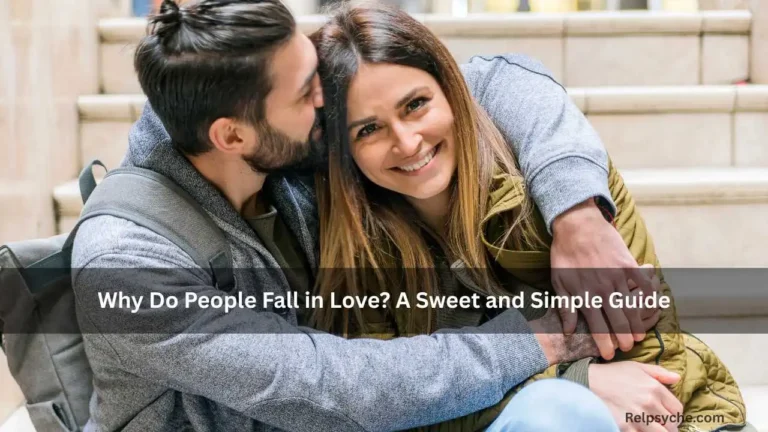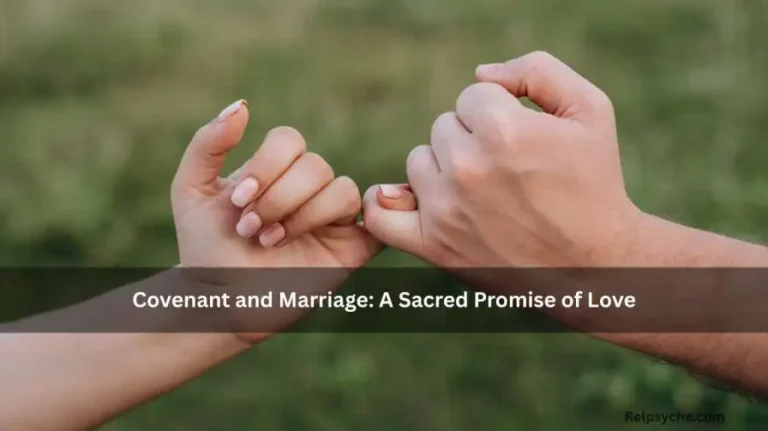Attachment Styles in Relationships: Good vs. Bad Bonds
Attachment styles in relationships help explain how people behave when they get close to someone. This can be with friends, parents, or romantic partners. Some people feel safe and happy in love. Others feel scared or confused. The way you connect with people is called your “attachment style.”
Your attachment style usually begins when you are a child. How your parents or caregivers treated you helped shape the way you trust and connect with others.
In this article, we will learn about:
- What attachment styles are
- The four types of attachment styles
- What causes them
- How to build better, healthy relationships
- And answers to common questions
Table of Contents
What Are Attachment Styles in Relationships?
Attachment styles are how we behave and feel in close relationships. They affect:
- How much we trust others
- How we act when we feel close
- How we feel when someone pulls away
- How we handle love and care
Some people feel calm and safe in relationships. Others may get nervous or try to keep their distance. These styles are not “good” or “bad,” but some are healthier and easier for love and friendship.
Why Do Attachment Styles in Relationships Matter?
Understanding your style helps you:
- Choose better partners or friends
- Communicate more clearly
- Handle problems with care
- Feel more confident in love
It’s like learning the “why” behind your feelings. Once you understand it, you can improve your relationships.
The 4 Main Attachment Styles in Relationships
1. Secure Attachment Style
People with this style feel:
- Safe and loved
- Okay with closeness
- Trusting of others
- Calm during problems
Example: You can talk openly with your partner and don’t worry about being left alone.
2. Anxious Attachment Style
People with this style often:
- Worry a lot about being left
- Feel needy or clingy
- Get hurt easily
- Want a lot of reassurance
Example: You may text your partner many times and feel upset if they don’t reply quickly.
3. Avoidant Attachment Style
These people:
- Keep their distance
- Don’t like talking about feelings
- Feel uncomfortable with closeness
- Push others away
Example: You care for someone but don’t like showing it or being too close.
4. Fearful-Avoidant Attachment Style (Also called Disorganised)
This style is a mix of anxious and avoidant. These people:
- Want love but are scared of it
- Feel confused in relationships
- Often had hard or hurtful childhoods
Example: You want to be close but get scared and back away when someone tries to love you.
What Causes Attachment Styles in Relationships?
Your early life experiences shape your style. For example:
- If parents were loving and kind, you may become secure.
- If they were inconsistent, you may feel anxious.
- If they were cold or distant, you may avoid closeness.
- If they were scary or hurtful, you may feel confused about love.
How to Change or Improve Your Attachment Style
The good news is—you can change. Even if you didn’t grow up feeling safe, you can become more secure now.
Talk About Your Feelings
It’s brave to speak up. Saying “I feel scared” or “I need help” builds trust.
Choose Safe People
Spend time with people who are kind, patient, and respectful.
Set Healthy Boundaries
You don’t have to please everyone. Say “yes” and “no” with care.
Work with a Therapist
Talking to a trained person can help you understand yourself better.
Learn from Healthy Relationships
Watch how safe, happy couples treat each other. Learn from them.

Conclusion
Understanding attachment styles in relationships helps you grow, heal, and connect better with others. You are not “stuck” with one style forever. With effort, you can become more secure. That means more love, more peace, and fewer worries.
Whether you are anxious, avoidant, or somewhere in between, you can work on your relationships and feel safer over time.
For personalized support on your journey to self-improvement, explore therapy options at psychologyorg.
If you want to read more articles similar to Attachment Styles in Relationships You Need to Know we recommend that you enter our Relationships category.
FAQs
1. Can I have more than one attachment style?
Yes. Some people show signs of two styles. For example, you can feel anxious and avoidant at the same time.
2. Can attachment styles change over time?
Yes, with healthy relationships and therapy, you can shift from anxious or avoidant to secure.
3. Do attachment styles affect friendships too?
Yes! Attachment styles show up in all close relationships—not just romantic ones.
4. Is it bad to have an anxious or avoidant style?
Not at all. It just means you may have some fear or worry. You can work on it and grow stronger.
5. How do I know my attachment style?
Think about how you act in close relationships. You can also take online quizzes or ask a therapist to help you figure it out.
6. What’s the healthiest attachment style?
Secure attachment is the healthiest. It means you feel safe alone and with others and know how to handle problems calmly.

I’m Emma Johnson, a psychologist who loves to write and share ideas.
I enjoy making psychology simple so everyone can understand and use it in daily life.
If you’d like to talk, ask questions, or work together, feel free to reach out.
Let’s learn and grow in the world of psychology together!


